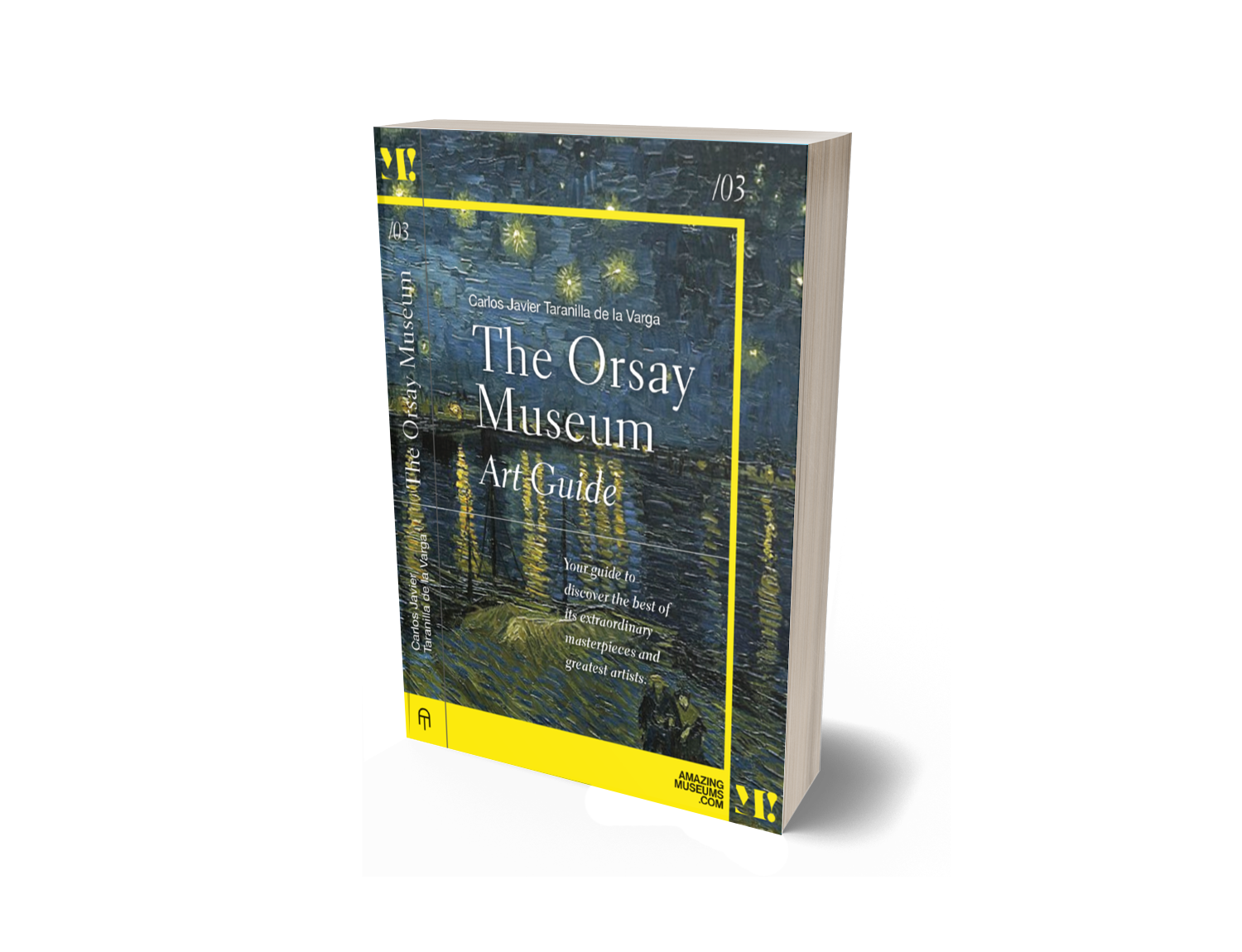
The surprising origin of the term 'Impressionism'
Did you know that the term Impressionism comes from an art critic who wanted to make fun of painters who broke with academic norms? In this article we tell you the story of how this word was born, which today is associated with one of the most important and revolutionary artistic movements of the 19th century.
The origin of Impressionism
It all began in 1874, when a group of independent artists decided to organize a collective exhibition in the studio of the photographer Nadar, in Paris. Among them were Claude Monet, Edgar Degas, Pierre-Auguste Renoir, Camille Pissarro and Alfred Sisley, among others. These painters shared an innovative vision of art, based on capturing the visual impressions of nature and modern life. To do this, they used fast, loose brushstrokes, pure and contrasting colors, and changing lighting according to the time of day and the seasons of the year.
The exhibition was visited by some 3,500 spectators, but also by several art critics who did not hesitate to express their rejection and contempt for the works on display. One of them was Louis Leroy (1812-1885), who wrote an article entitled "Exhibition of the Impressionists" in the newspaper Le Charivari. In it, he especially mocked Monet's painting "Impression, Rising Sun," which showed a view of the port of Le Havre at dawn. Leroy wrote:
"What does this canvas represent? Impression... Impression... Of what? I don't know... But what freedom, what audacity of conception! The wallpaper in embryonic state is even more made than this navy."

Impression, rising sun, Claude Monet (1872).
Leroy used the term impression to ironize about the lack of finish and definition in Monet's work, which looked more like a sketch than a finished painting. What he did not know, however, was that he was coining the name of an artistic movement that would mark the history of art. The painters themselves adopted the term Impressionism to define their style and their attitude towards official art. Despite the negative criticism, they continued to organize seven other exhibitions between 1876 and 1886, and achieved the recognition of the public and of some critics who were more open and sensitive to their proposals.
Thus, the term Impressionism was born as an insult, but became a symbol of a new way of understanding and representing reality. The Impressionists were the pioneers of modern painting, and their influence spread to other later movements such as Post-Impressionism, Fauvism or Expressionism. Today, their works are admired and valued all over the world, and are considered true masterpieces of art.
If you want to learn more about other Impressionist works, soon the "Musée d'Orsay Art Guide", our book about the museum that houses the largest amount of Impressionist work in the world, as well as a must-have art guide to discover and learn the essentials of the great works, artists and styles of the Musée d'Orsay, will be available on Amazon.

